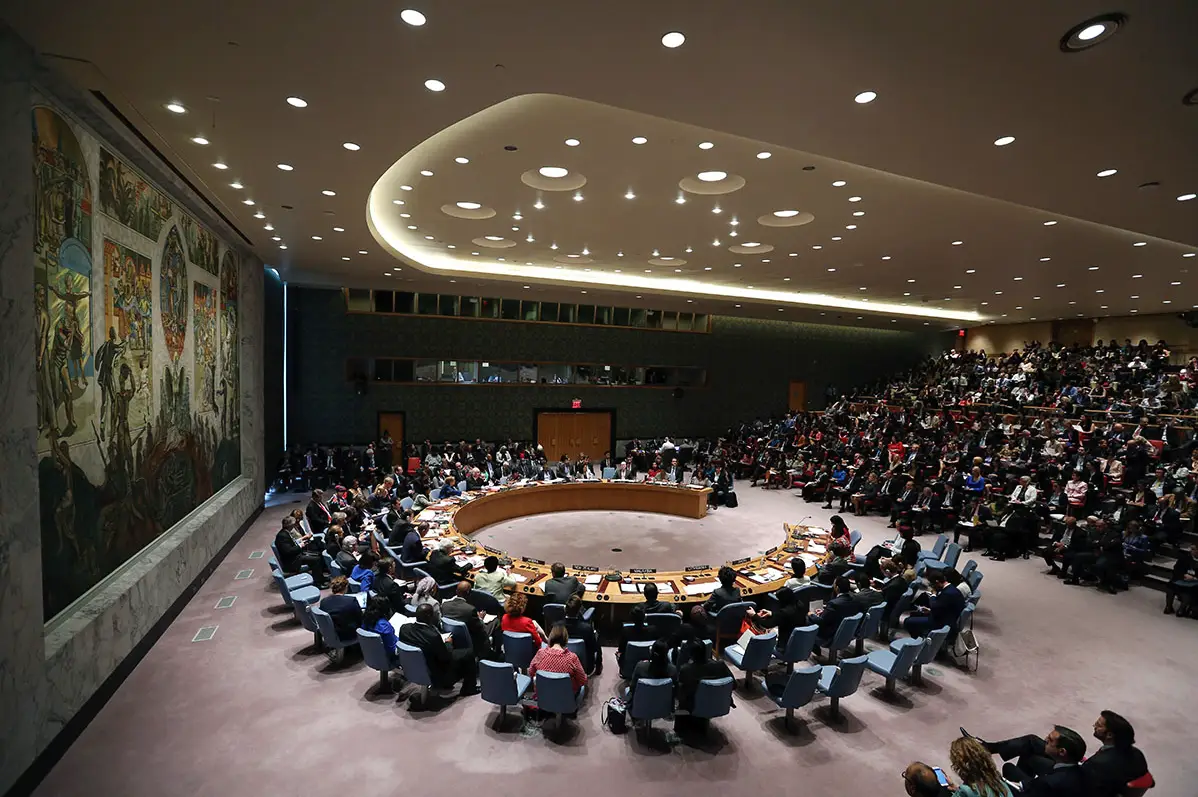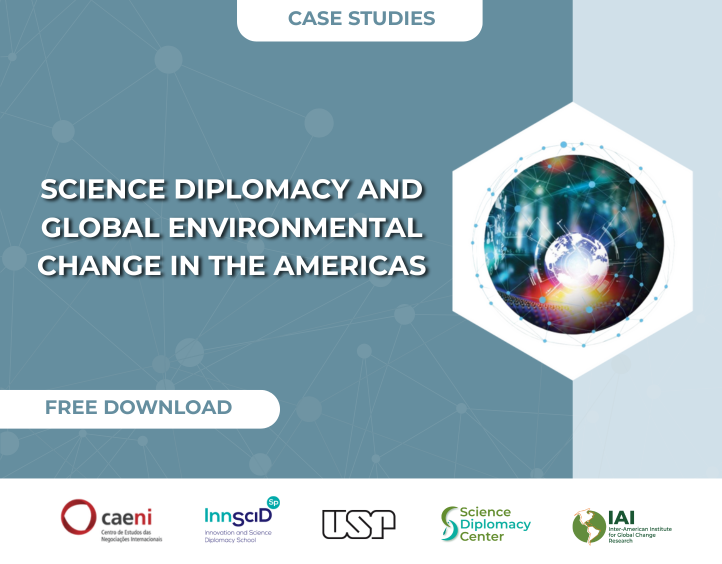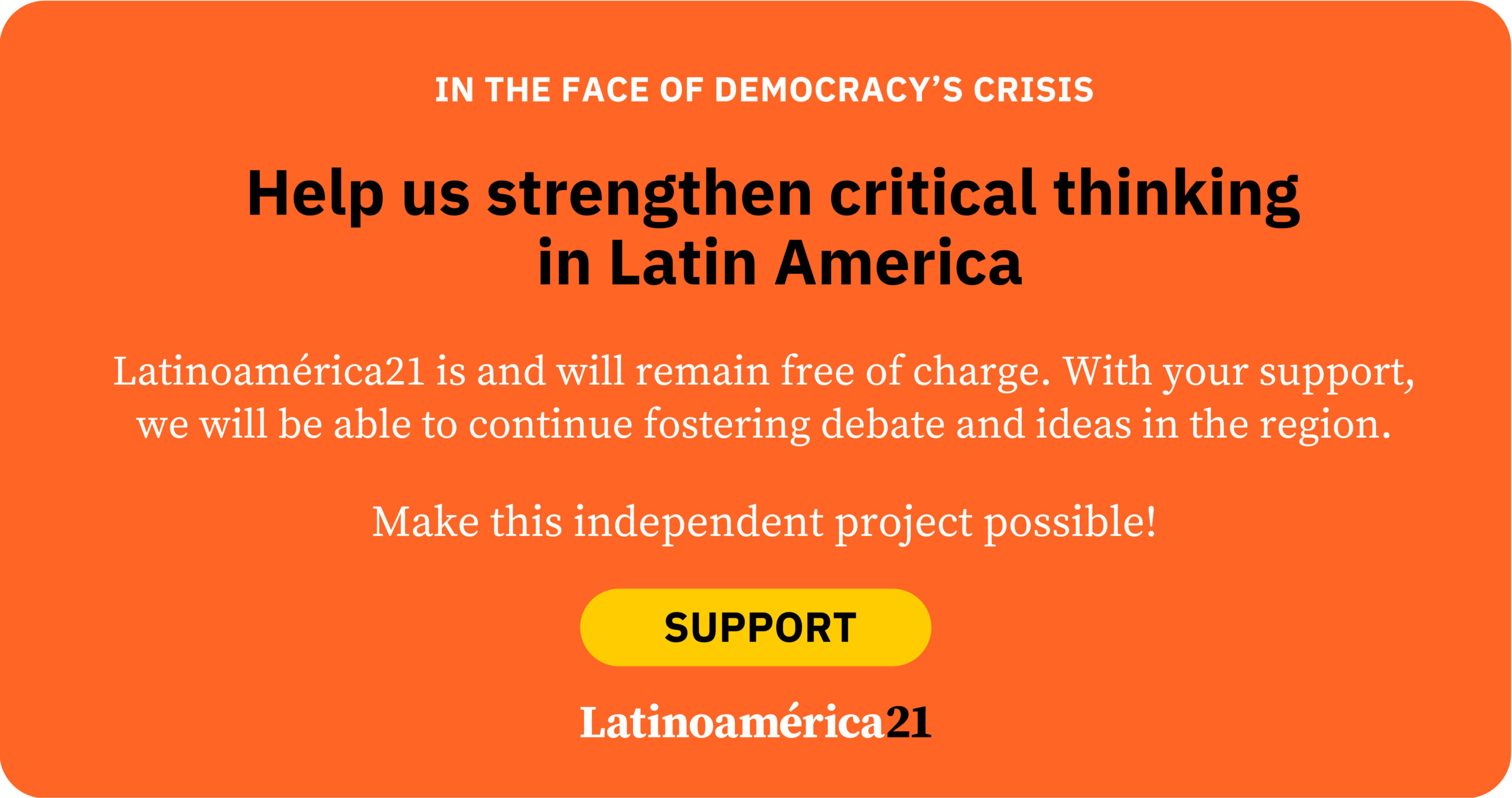2025 marks the 25th anniversary of the adoption of UN Security Council Resolution 1325 on Women, Peace and Security. This instrument was a historic milestone in recognizing the role and agency of women as peacebuilders. It highlighted the differential impact of armed conflicts on women and girls and pointed out the use of sexual violence as a weapon of war in most conflicts. Furthermore, the resolution urged the international community to adopt measures for the prevention and protection against such forms of violence. The document received strong support and momentum from civil society and women’s organizations, which had long advocated for the inclusion of a gender perspective in the international agenda.
This is a political agenda that has encouraged numerous governments to commit to promoting gender equality in conflict and post-conflict contexts. Over the years, 10 complementary resolutions have been adopted, deepening various key dimensions such as women’s participation in peace processes, financing, and accountability.
In this context, many governments have developed National Action Plans (NAPs) to facilitate implementation at both national and local levels, often supported by civil society organizations. Spain is currently drafting its third action plan, while the Colombian government has recently developed its first.
Achievements so far
Important progress has been made over the years. First, a robust regulatory framework has been consolidated at both the multilateral and national levels, promoting violence prevention, women’s participation in decision-making and peace negotiations, and protection and assistance against sexual violence and other forms of violence.
An international women’s movement for peace and equality has also been consolidated, helping to highlight their “agency” as peace actors. This activism is reflected annually in the activities organized around the Security Council’s open debate on Resolution 1325.
Another achievement is the use of the resolution as an advocacy tool by women’s organizations in conflict contexts. In Colombia, women’s organizations gained a space at the negotiation table between the FARC and the government, while in Liberia, women played a central role in ending the war and in the election of Ellen Johnson-Sirleaf as the country’s first female president.
The process of defining the agenda among different actors has also enabled important debates on security, gender justice, and the links between patriarchy and militarism, among other issues.
As Mavic Cabrera, coordinator of the Global Network of Women Peace Builders, has stated: “The resolution has become the strongest and most mobilizing instrument for women.” For the first time, women’s leadership was identified as key to peacebuilding. Resolution 1325 provided a platform to globalize gender issues and transformed the perception of women from victims of conflict to peace actors, offering them concrete tools and regional and international platforms for action.
Obstacles and challenges
Despite these advances, significant obstacles remain. First, the regulatory framework has not been sufficient to substantially improve the lives of women in conflict settings. Sexual violence continues with impunity, and women’s participation in peace processes remains very limited. This raises the question of whether sustainable peace can be achieved without women’s involvement.
Second, while National Action Plans have improved coordination between governments and civil society, they suffer from important shortcomings: vague commitments, lack of dedicated budgets, and uneven reach and effectiveness. Experiences have varied but share these limitations. A gap between declared ideals and actual action is one of the clearest shortcomings in implementing the WPS agenda.
Furthermore, the lack of institutionalization of the agenda has led to setbacks linked to government changes or shifting political priorities in peace and equality policies.
In this context, there is a need for a better understanding of the implications of integrating a gender perspective into peace and security policy design and development. Too often, gender perspective is still seen merely as the inclusion of women, without questioning or transforming the structures of inequality and power that perpetuate exclusion.
Resolution 1325 also does not challenge the highly masculinized security structures, which emphasize winning wars or the use of force rather than peaceful conflict resolution and diplomacy.
At this 25th anniversary, reactionary movements are also emerging that threaten women’s rights and question international law and humanitarian law frameworks.
Civil society organizations therefore stress the need to protect women’s rights in their entirety, including sexual and reproductive health and rights, full participation in political and public life, and the right to live free of all forms of violence.
They also demand the promotion of disarmament and reduced military spending, as well as the suspension of arms transfers when there is a risk that these could be used to commit gender-based violence, war crimes, or serious human rights violations, in line with the Arms Trade Treaty (ATT).
Conclusion
As the NGO Working Group on the WPS Agenda has noted, the lack of political will, the limitations of the Security Council, the scarcity of financial resources, and—above all—the limited impact on the daily lives of women in conflict zones persist.
Civil society remains indispensable: it was the driving force behind the adoption of Resolution 1325, has kept its agenda alive over the years, and continues to demand accountability, funding, and tangible results. Without this pressure, the resolution risks being emptied of substance.
In a context of setbacks and threats to human rights, defending and revitalizing the Women, Peace and Security Agenda is more important today than ever.
*Machine translation, proofread by Ricardo Aceves.














